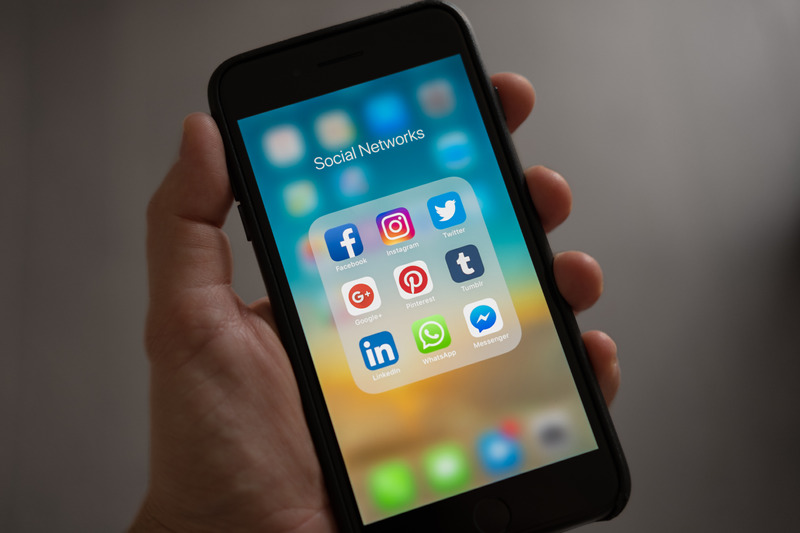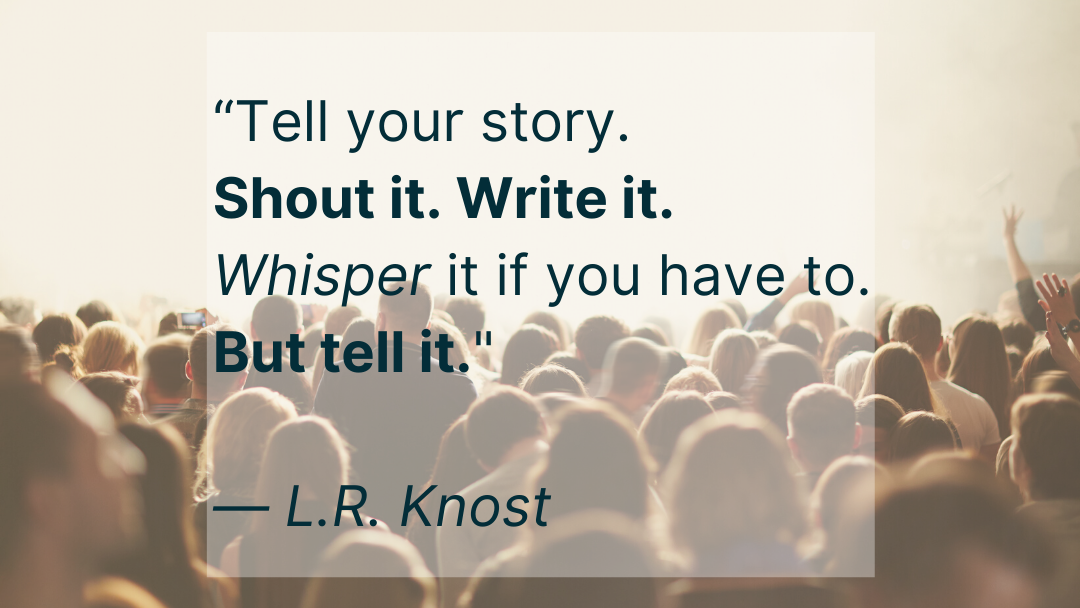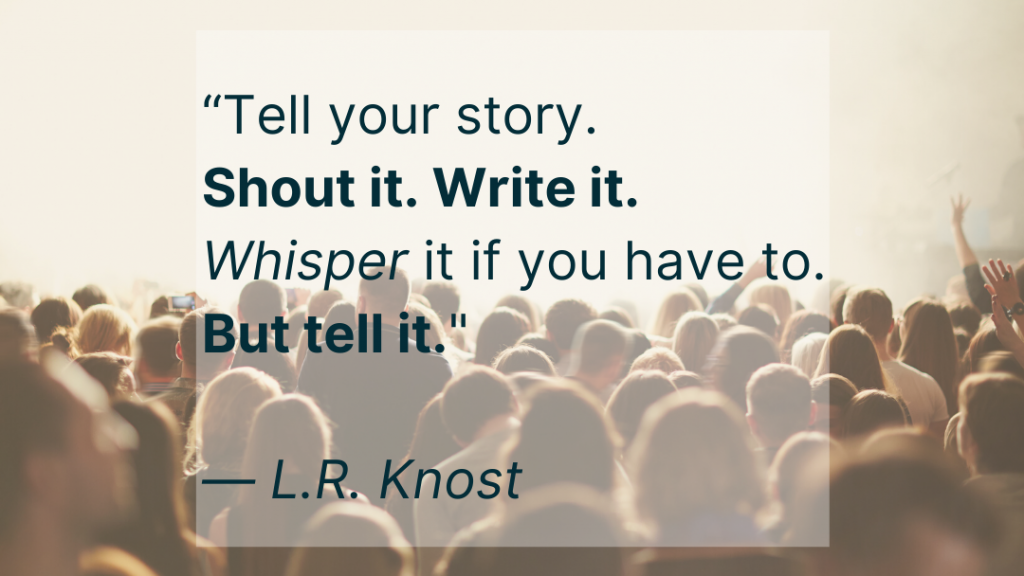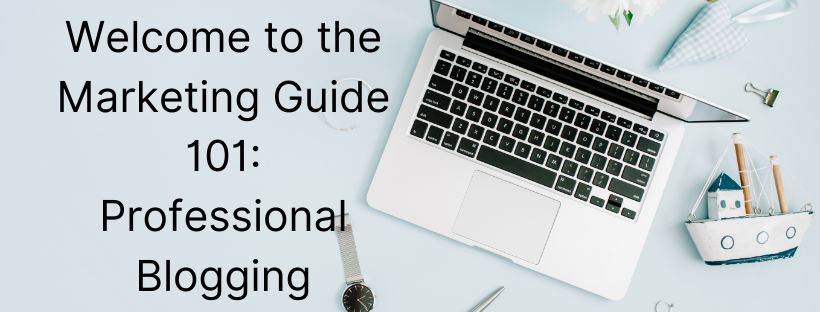
Have you ever been misunderstood? Chances are the answer is yes, whether you’re aware of it or not.
The frustration of saying one thing only to have your words misconstrued by the listener is something we all experience at one time or another. In our personal lives, misunderstanding causes unexpected hilarity and unnecessary arguments. In our professional lives, the consequences can be more serious.
If a potential client misunderstands what you say, you may lose the opportunity to work with them. And misunderstandings between business partners or between managers and their employees can have a negative impact on productivity and overall business success.
Effective Communication = Success

While it isn’t always your fault, practicing effective communication can go a long way in preventing misunderstandings before they begin. Effective communication is the key to success in business not only because it mitigates the negative effects of misunderstandings but also because it is the foundation for excellence in sales, marketing, management, and collaboration — all central aspects of running a business.
So how do you communicate effectively?
Here are five keys to effective communication from George J. Thompson’s book Verbal Judo: The Gentle Art of Persuasion. The first three are positive actions, or things we should do to communicate effectively, and the last two are negative actions, or things we should not do under any circumstances.
Key #1: Know what you represent.
Wise men speak because they have something to say; Fools because they have to say something.
— Plato
Whenever you talk to someone in a professional setting, whether that person is a customer, employee, or business partner, you are representing something other than yourself. You might be representing your company, a product, or your department.
It is important that you know what it is you represent and the reason why you are communicating at all times. Before you open your mouth, think about these questions:
- For whom am I speaking?
- Why am I speaking?
Key #2: Move your audience.
Audiences are made, not found.
— Aristotle
The second step after you know what you represent is that you must communicate in a way that generates compliance, cooperation, or collaboration.
Your overarching objective as an effective communicator in business is to bring your audience into harmony with your goals. If you’re talking to a potential customer, that means convincing them to try your product or service. If you’re talking to a business partner, that means helping them see your perspective.
No matter what your audience’s starting point is in terms of knowledge and opinion (Point A), you need to move them to where you want them to go (Point B).
Getting your audience from Point A to Point B is moving your audience.
Key #3: Disappear personally.

In the process of moving your audience, you must disappear personally. Remember that you are representing something other than yourself whenever you communicate in a professional setting. You are not you — you are your company, product, or department.
That means you leave everything that is irrelevant at the door. Had the worst day of your life yesterday? Is that relevant to the objective and what you are representing? If not, then keep it to yourself when you’re talking to your new client or having a meeting with your employees.
The more you can disappear personally in front of others, the greater power you will have. Power that you can use to make your business successful.
Key #4: Don’t lose your temper.

The previous point — disappearing personally — will help with this. In his book, Thompson describes a state called Mushin, which translates to “no mind.” It is a state of being with no ego — no biases. A person in this state is calm and centered. No matter what is happening, she remains undisturbed.
You must practice Mushin at all times. No matter what is happening, never show anger. The moment you lose your temper is the moment you lose all hope of effective communication.
Key #5: Never insult.

Along the same lines of not losing your temper — don’t insult others. Remember that your goal as an effective communicator in business is to bring your audience into harmony with your objectives. If you insult people in any way, they are much less likely to want to comply, cooperate, or collaborate with you.
Insulting others also builds ground for them to stand on that they didn’t have before. Now the main focus becomes your attitude and what you are actually trying to communicate fades into the background.
Practice = Improvement
Like most difficult yet worthy endeavors, effective communication in business is something that you may never perfect. However, practicing the five keys above can lead to improvements that will help you achieve the success you’ve been working towards.
AirSend is a versatile digital workspace for businesses to share files, send messages, and complete tasks. See how AirSend can help you as your business grows here.















